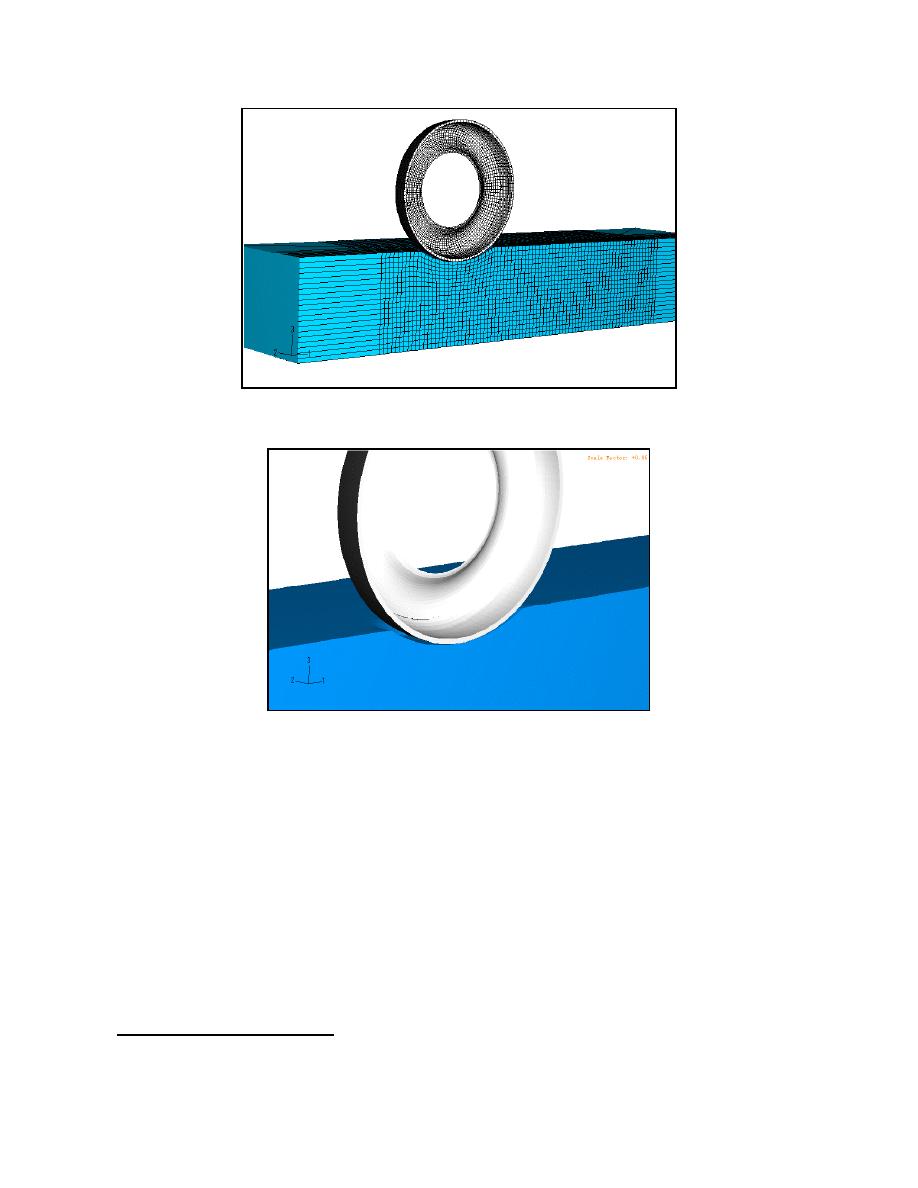
Figure 70. Deformed mesh of the modal analysis tire model in
snow after 8 cm of sinkage in snow.
Figure 71. Close-up of a tire after sinking 8 cm into the
snow at the beginning of roll. The tire shows very little de-
formation (the deflection is 3 mm), indicating that a rigid
wheel may be a good approximation.
Deformable tire on snow
seen in Figure 71, revealing that the rigid wheel
model for deep fresh snow may be a valid assumption
Simulations of the modal analysis tire on snow are
(although these results are only preliminary).
in progress.* Although preliminary runs are very
slow and have not progressed to completion, inter-
mediate results are available. Figure 70 shows the
CONCLUSIONS
simulation after the tire has been lowered onto the
snow and begins to roll. The sinkage is approxi-
Summary
mately 8 cm, which is about the same as the modeled
sinkage for the rigid wheel on 20-cm snow, as seen in
The interaction between a tire and deformable ter-
Figure 61. Of significant note, however, is that the
rain is a complicated dynamic process that involves
deformable tire has undergone very little deformation
the deformation of both the tire and the terrain in
(the deflection is 3 mm, which is less than 2%), as
three dimensions. The tire is a complex structure
made of many materials, and the terrain undergoes
large deformations in an inelastic manner, so neither
* Personal communication with K. Kestler, private
component is easily modeled. The objective of this
consultant, 2000.
54



 Previous Page
Previous Page
